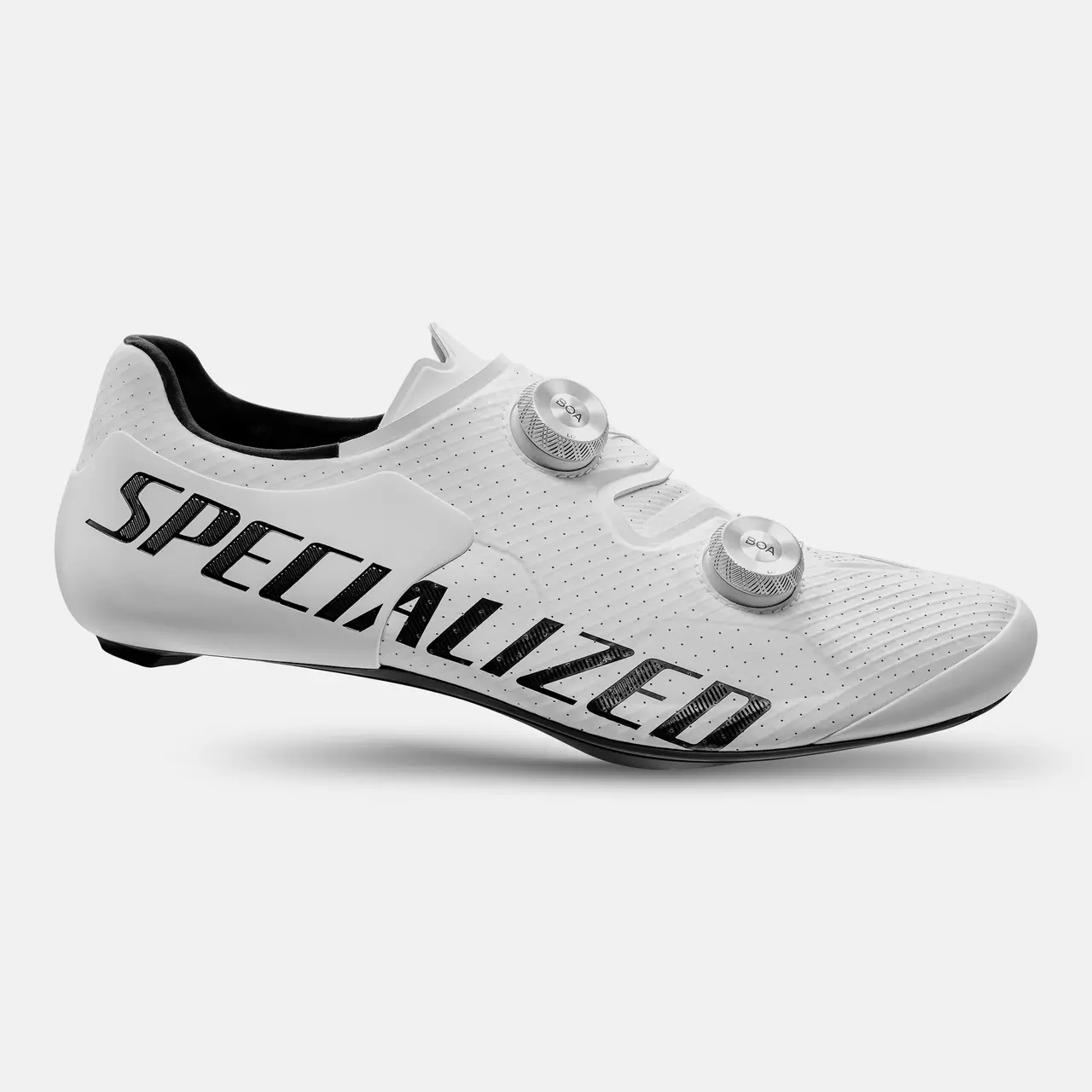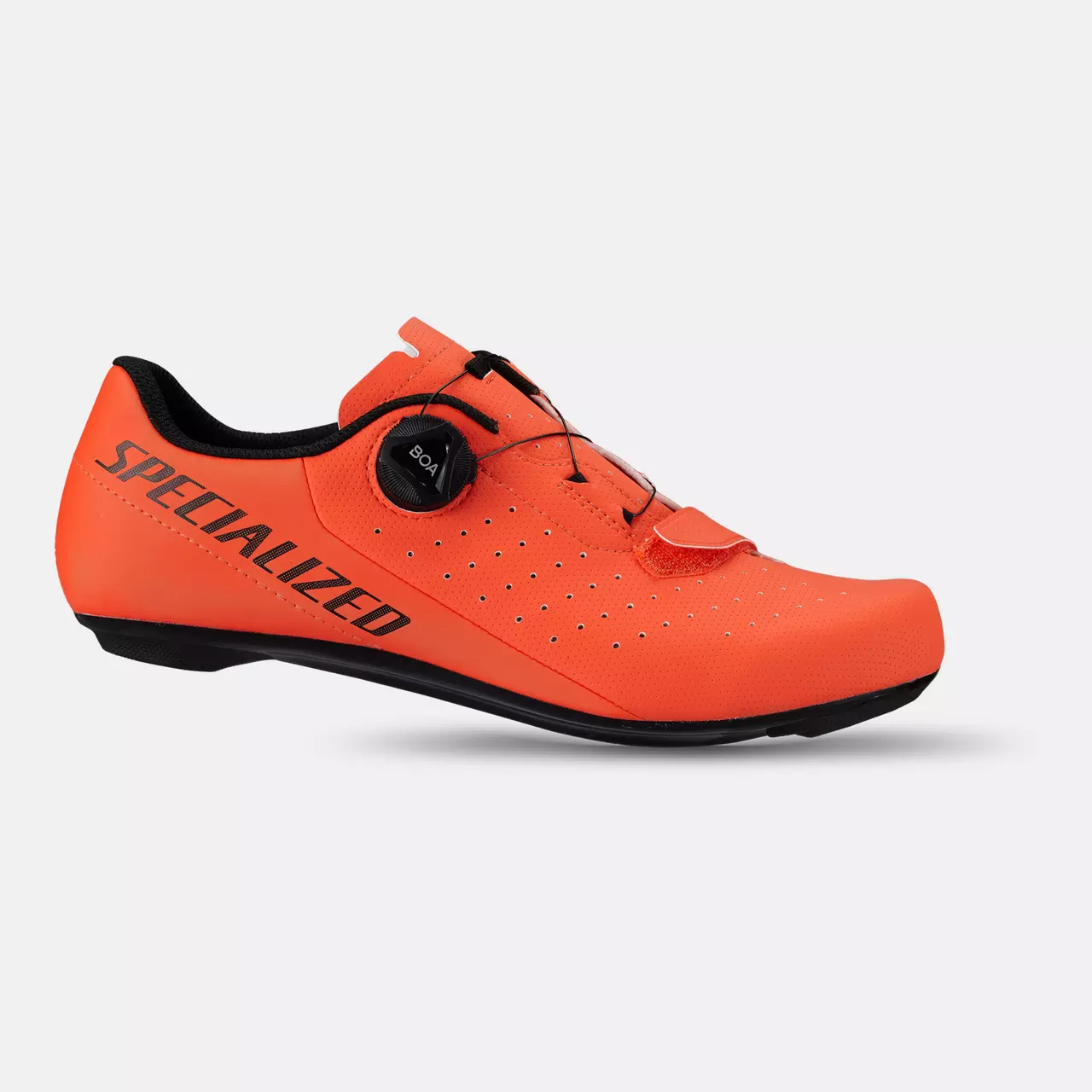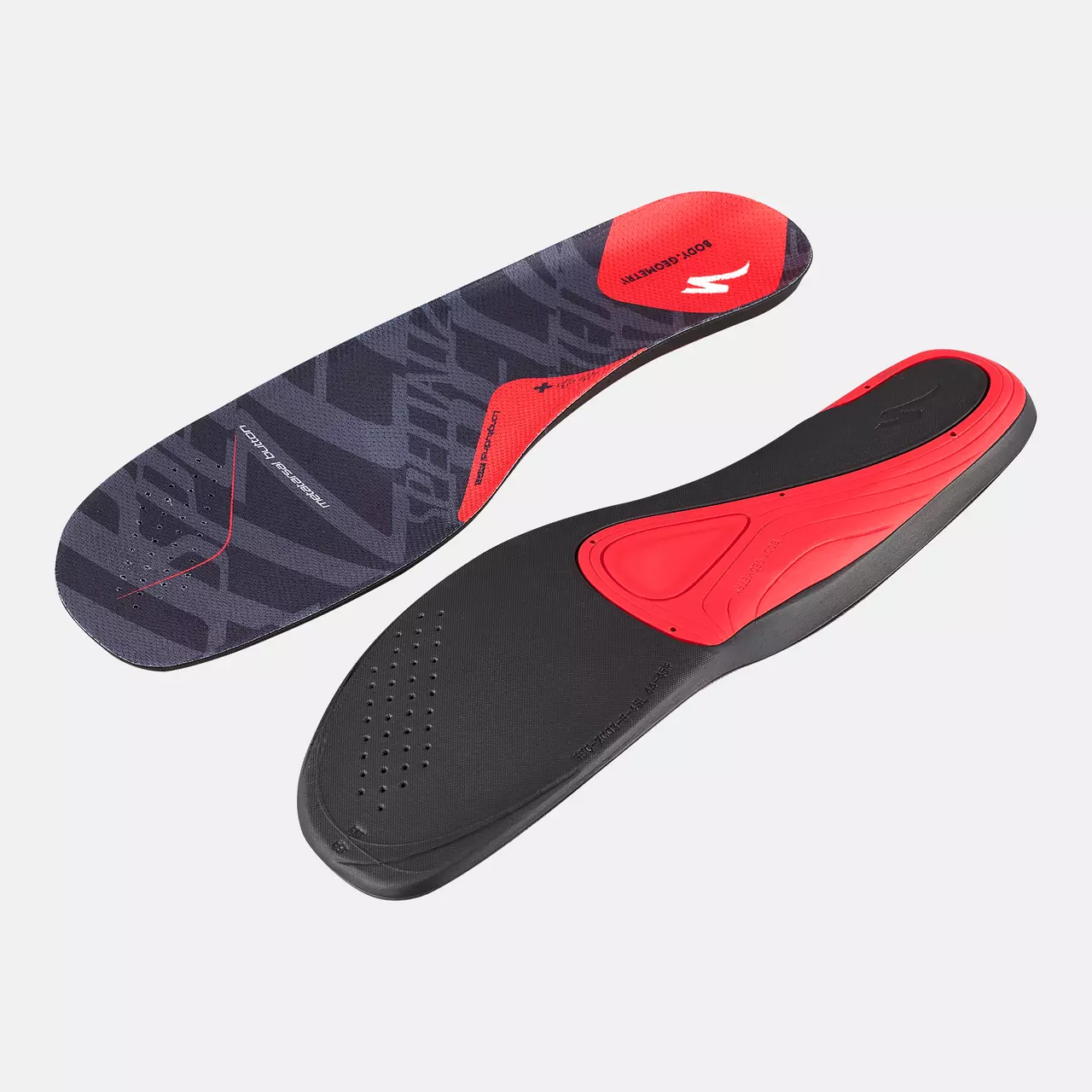Payez à votre rythme, à partir de 0 % TAEG avec Affirm
Payez à votre rythme, à partir de 0 % TAEG avec Affirm
Procurez-vous l'équipment que vous voulez déz aujouird'hui et répartissez votre achat en paiements mensuels faciles -- à partir de 0% TAEG. Avec Affirm, vous ne paierez jamais plus que ce qui est affiché à l'avance. Aucuns frais cachés. Aucuns frais de retard. Aucune surprice. Juste un financement flexible adapté à votre style de vie.
En savoir plus sur Affirm
Chaussures de Cyclisme (29)
Trier
Catégorie
Fit
Taille
Groupe
Famille de Produit
Prix
Couleur
Technologie

































































